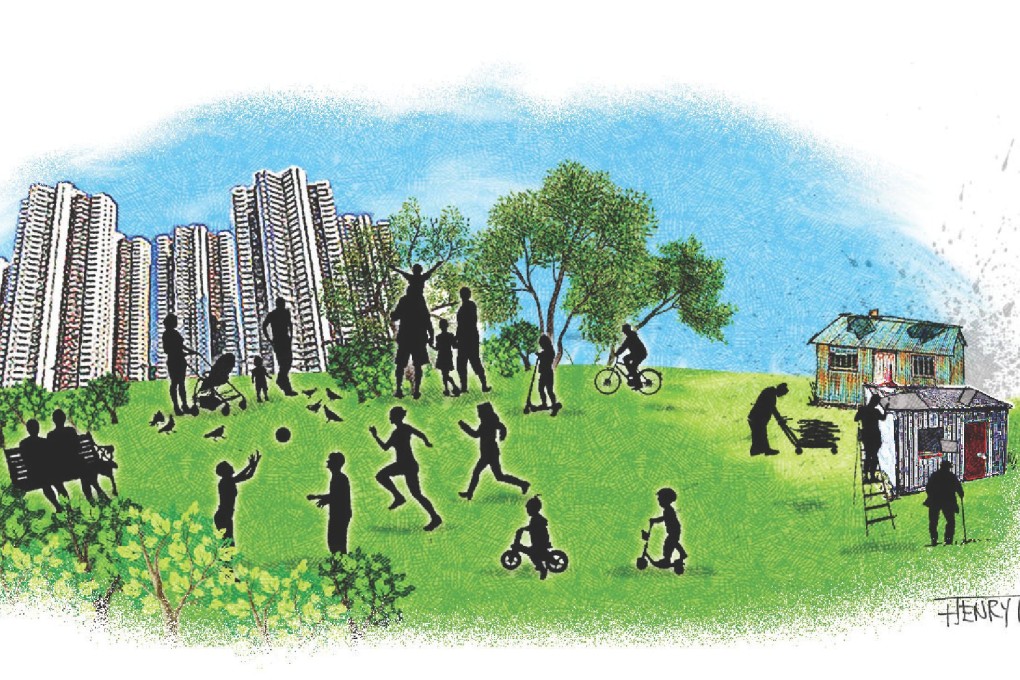What housing crisis in Hong Kong?
Ian Brownlee says a look at the facts reveals that only a small percentage of Hongkongers live in very poor conditions. For the vast majority, quality of life issues take priority

There is no doubt that a lack of land sales by the administration under former chief executive Donald Tsang Yam-kuen resulted in a housing shortage. The current administration has made housing its overriding priority, calling it a crisis. Chief Executive Leung Chun-ying says it "is the major concern of everyone in Hong Kong" and has called on the public, district councillors and green groups to support his proposals.
But is there really a crisis? The facts tend to show otherwise. Perhaps only a few see housing as a priority; for many, other things are more important. More housing is really important to a small group of people living in very poor conditions, but not to others.
There are usually two criteria applied to housing - affordability and quality. Affordability, to rent or buy, is an international problem facing cities such as London, Vancouver and Sydney. In many cities, the lack of subsidised housing is part of the problem, as those on lower incomes have no alternative. In "third world" cities, the problems are compounded by widespread poverty, a lack of public resources, large squatter or slum areas, and many homeless. Compared with these, Hong Kong is not in crisis.
The government's Long Term Housing Strategy, released in December, considers all those living in subsidised housing to be adequately housed at affordable rates, and they account for 45 per cent of all people in Hong Kong. A very large proportion, therefore, have no problems.
For private housing, which meets the remaining 55 per cent of need, the strategy defines those that are inadequately housed. Yet, the definition confuses the problem, as it also says that not all people in inadequate housing are necessarily inadequately housed. The strategy takes a conservative approach, and includes all defined households.
The first group comprises the 15,700 households living in temporary structures, huts or rooftop structures. Temporary structures in Hong Kong are buildings made of wood and with metal roofs, or those not approved by regulators. Buildings made of such materials would be considered adequate housing in places such as Canada and New Zealand, where they make up a large part of the housing stock. I know of one household who left their Happy Valley penthouse to move to a temporary structure with a full sea view at Shek O, full amenities and all modern conveniences. They are not "inadequately housed", but others are.
The second group is the 3,000 households who live in commercial or industrial buildings. These buildings are usually permanent and provide solid, safe accommodation, but the system does not allow them to be approved for residential use. If fire safety requirements could be met, there is no real reason why they could not be converted to "loft-style" apartments here, as in many other cities. There are many "unauthorised" high-end loft apartments in our industrial and commercial buildings which provide good accommodation. People there are not inadequately housed.
